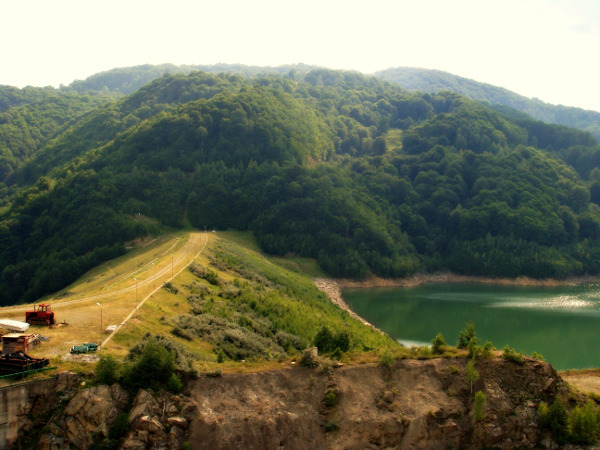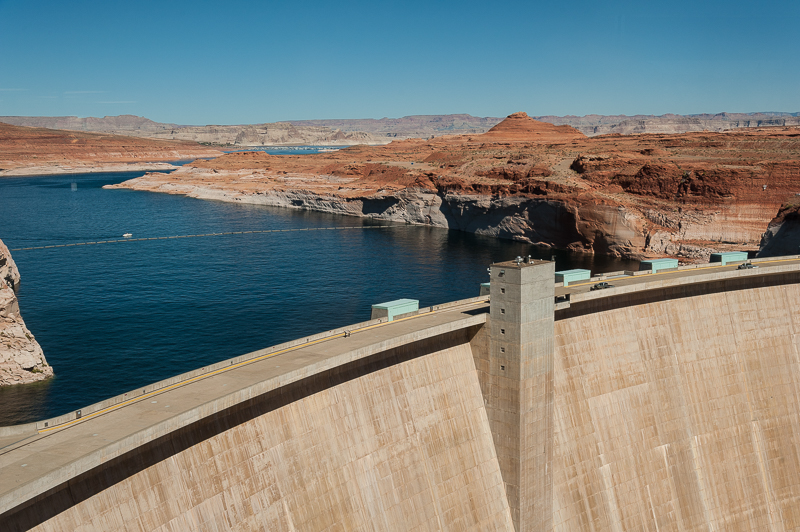Dam and Reservoir Design
An engineering design must be created before a reservoir and dam can be constructed. The design will take into account information provided by hydrologists, geologists and surveyors on how the water and surrounding land will behave and change once a reservoir and dam are built. It should be noted that a berm and a dam are two completely different structures .
There are four types of dams: embankment, arch, gravity and buttress.
| What is a berm? A berm is a man-made sediment barrier placed at the edge of a slope or a wall built adjacent to a ditch to guard against potential flooding. Berms are placed in flood-prone areas to protect against erosion, run-off and high water. Berms typically are made of compost, mulch or gravel materials because their density enables them to slow down and retain floodwaters. Click here for more information on berms |
Embankment
| Dam Type | Characteristics |
| Embankment |
|

|
| “Embankment dam” by CameliaTWU is licenced under CC BY 2.0. No changes were made to photograph. |
Arch Dam
| Dam Type | Characteristics |
| Arch |
|
 |
| “Glen Canyon Dam, Page, AZ” by Jacqueline Poggi is licenced under CC BY 2.0. No changes were made to photograph. |
Gravity Dam
| Dam Type | Characteristics |
| Gravity |
|
 |
| “Holding Tantangara” by Mick Stanicis is licenced under CC BY 2.0. |
Buttress Dam
| Dam Type | Characteristics |
| Buttress |
|
 |
| “Supporting Structures” by spodzone is licenced under CC BY 2.0. No changes were made to photograph. |
[1] HydroCoop. (2013). Dam design and construction, reservoirs and balancing lakes. Retrieved from: http://www.hydrocoop.org/dam-design-construction-reservoirs-balancing-lakes/
[2] The British Dam Society. Dams and Reservoirs. Retrieved from http://www.britishdams.org/student_zone/documents/BDS_Fact%20Sheets_version_low%20Res_Web.pdf
